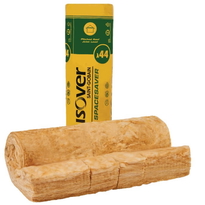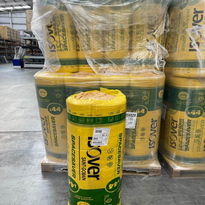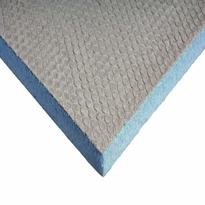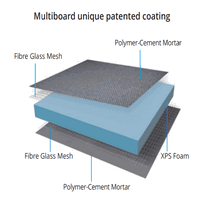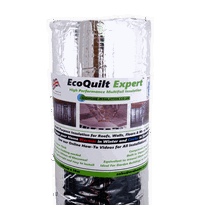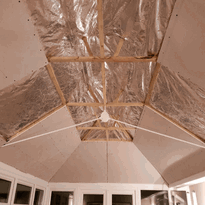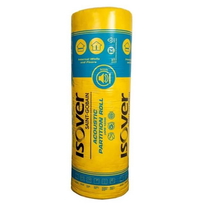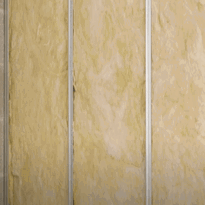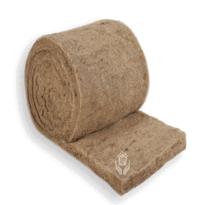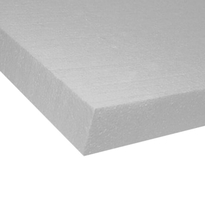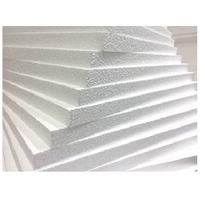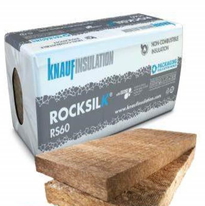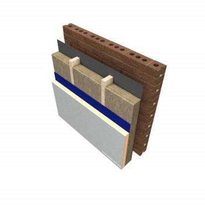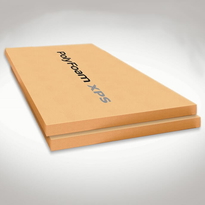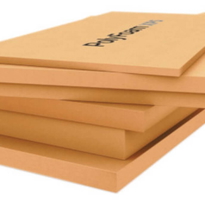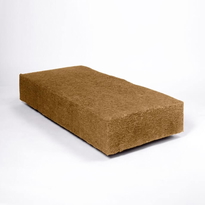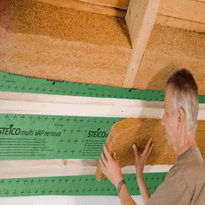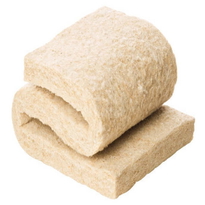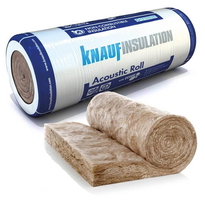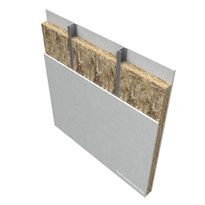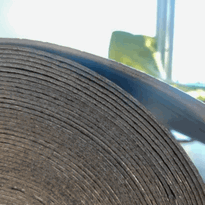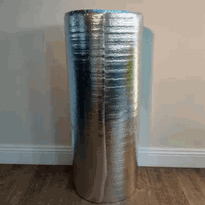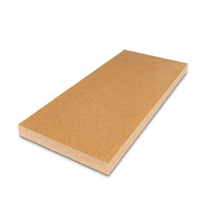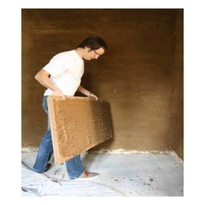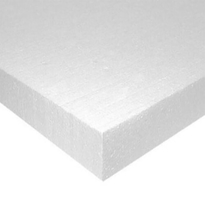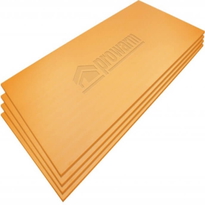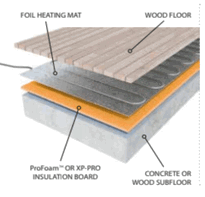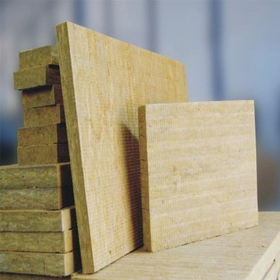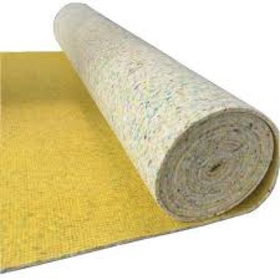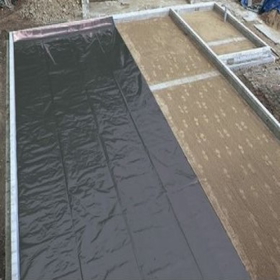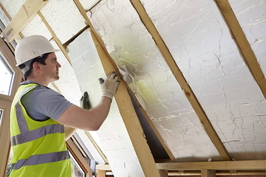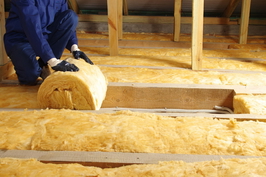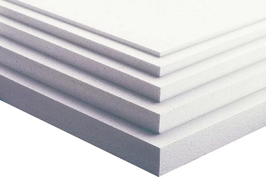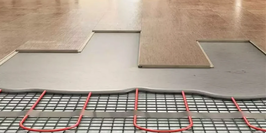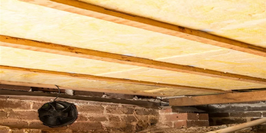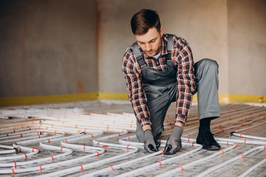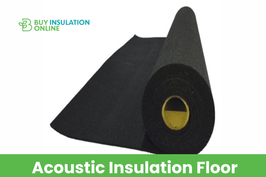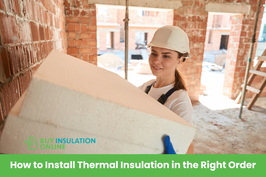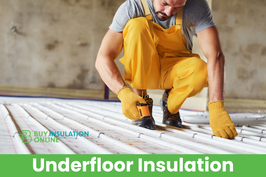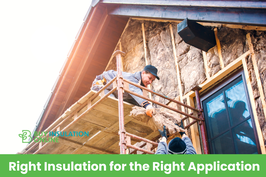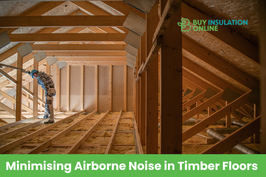Similar Categories
The Complete Guide to Suspended Floor Insulation in the UK
Suspended floor insulation is an effective way to improve energy efficiency and reduce heat loss in homes across the UK. Many older properties have suspended timber floors that can result in significant heat loss if left uninsulated. By installing the right insulation, homeowners can enhance comfort, lower energy bills, and meet building regulations for thermal performance.
What is Suspended Floor Insulation?
Suspended floor insulation involves fitting insulation materials beneath suspended timber floors to prevent heat from escaping through the floor. Suspended floors are typically found in older homes and consist of floorboards laid over timber joists with an air gap underneath. This gap can allow cold air to circulate, leading to heat loss and higher energy bills.
Benefits of Suspended Floor Insulation
-
Reduced Heat Loss – Insulating suspended timber floors prevents cold air from entering and warm air from escaping, enhancing energy efficiency.
-
Lower Energy Bills – By preventing heat loss, insulation helps reduce heating costs, leading to long-term savings.
-
Improved Comfort – Insulation beneath suspended floors helps maintain a warmer indoor environment, especially during winter.
-
Moisture Control – Proper insulation can help reduce the risk of damp and moisture build-up under the floorboards.
-
Compliance with Building Regulations – Installing floor insulation ensures compliance with UK building regulations and achieves the desired U-value for thermal performance.
Types of Insulation for Suspended Floors
-
Mineral Wool Insulation
-
Mineral wool insulation is widely used for suspended floors due to its excellent thermal and acoustic properties. It fits between timber joists, providing an effective barrier against heat loss.
-
-
PIR Insulation Boards
-
PIR (polyisocyanurate) insulation boards offer high thermal efficiency and are easy to install beneath floorboards. Kingspan and Celotex are popular PIR insulation products.
-
-
Phenolic Insulation
-
Phenolic insulation boards provide exceptional thermal performance with minimal thickness, making them ideal for projects where space is limited.
-
-
Rockwool Insulation
-
Rockwool offers high-density mineral wool insulation slabs that provide both thermal and acoustic insulation, enhancing the overall performance of suspended floor insulation.
-
-
Knauf Mineral Wool
-
Knauf insulation products are also commonly used for underfloor applications, delivering excellent thermal efficiency and sustainability.
-
How to Install Suspended Floor Insulation
-
Survey the Area – Conduct a survey to assess the condition of the floor and determine the best insulation method.
-
Choose the Insulation Material – Select suitable insulation products such as mineral wool, PIR boards, or phenolic slabs.
-
Lift the Floorboards – Carefully lift existing floorboards to expose the timber joists.
-
Fit the Insulation – Place insulation between the joists. Use netting or battens to hold the insulation in place.
-
Seal Gaps – Ensure all air gaps are sealed to prevent cold air from entering. Air bricks should be left unobstructed to allow for ventilation.
-
Reinstall Floorboards – Once the insulation is securely fitted, reinstall the floorboards.
Best Practices for Suspended Floor Insulation
-
Use Netting – To hold mineral wool in place, use netting or breathable membranes.
-
Maintain Ventilation – Ensure air bricks and vents are not blocked to prevent moisture build-up.
-
Choose the Right Thickness – The thickness of insulation will depend on the project and required U-value. 100mm mineral wool or 50mm PIR boards are commonly used.
-
Focus on Air Gaps – Prevent heat loss by sealing all gaps and cracks between floorboards.
Why Choose Suspended Floor Insulation?
-
Suitable for Older Homes – Many UK homes built before the 2020s have suspended timber floors, making this type of insulation essential for improving energy efficiency.
-
Eco-Friendly – Insulating suspended floors helps reduce carbon emissions by lowering energy consumption.
-
Cost-Effective – Retrofitting insulation in existing floors can significantly improve the comfort level and overall energy efficiency of a property.
Suspended Floor Insulation and Building Regulations
Under UK building regulations, suspended floor insulation must meet specific U-value targets to ensure adequate thermal performance. Insulating suspended ground floors can achieve a U-value of 0.25 W/m²K or lower, contributing to the overall efficiency of the property.
Recommended Products for Suspended Floor Insulation
-
Kingspan PIR Insulation Boards – High-performance boards suitable for underfloor applications.
-
Rockwool RWA45 Slabs – Provides both thermal and acoustic insulation.
-
Knauf Earthwool – Mineral wool insulation that is easy to install and environmentally friendly.
-
Celotex GA4000 – PIR insulation boards with excellent thermal properties.
Conclusion
Suspended floor insulation is a vital aspect of improving energy efficiency and reducing heat loss in UK homes. By installing high-quality insulation materials like mineral wool, PIR boards, and Rockwool slabs, homeowners can lower energy bills, enhance comfort, and comply with building regulations. Whether you're working on a retrofit project or insulating a new build, investing in suspended floor insulation will deliver long-term benefits for your property.
